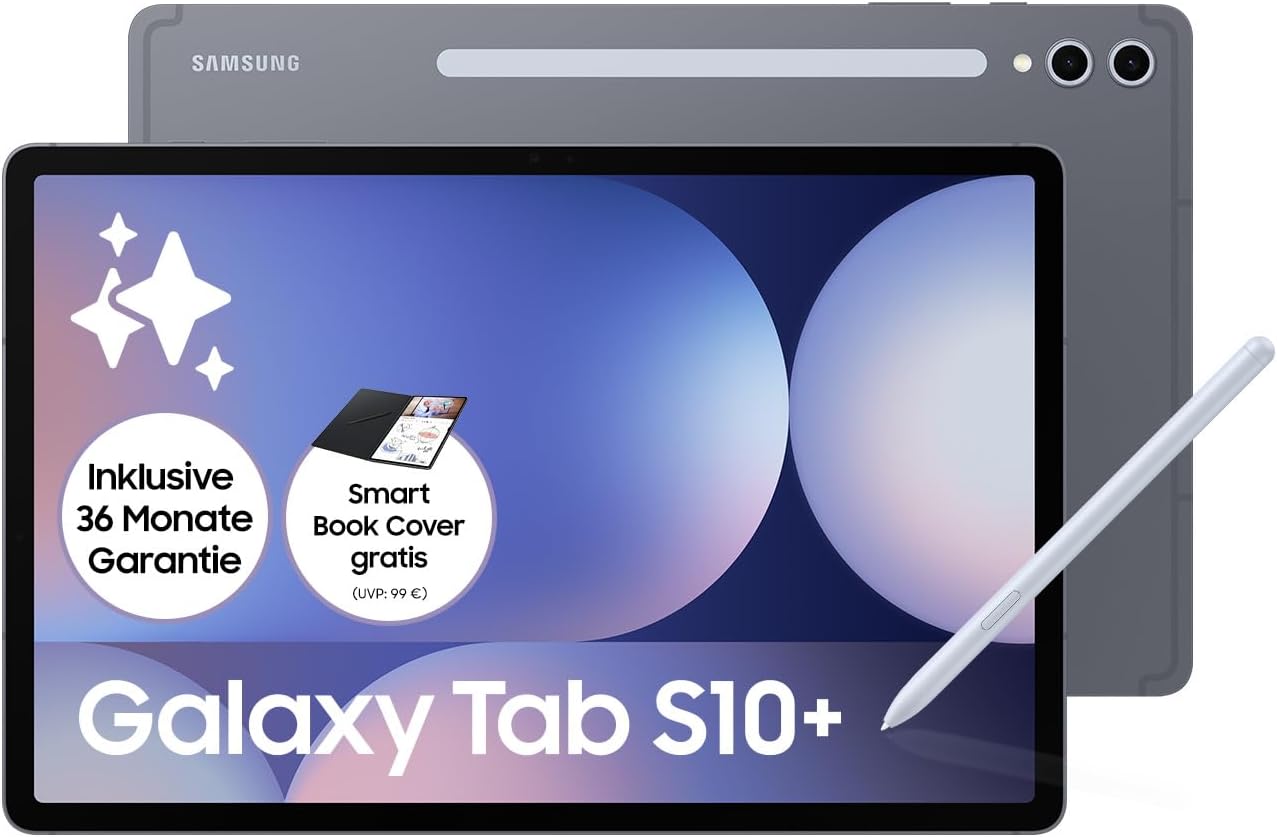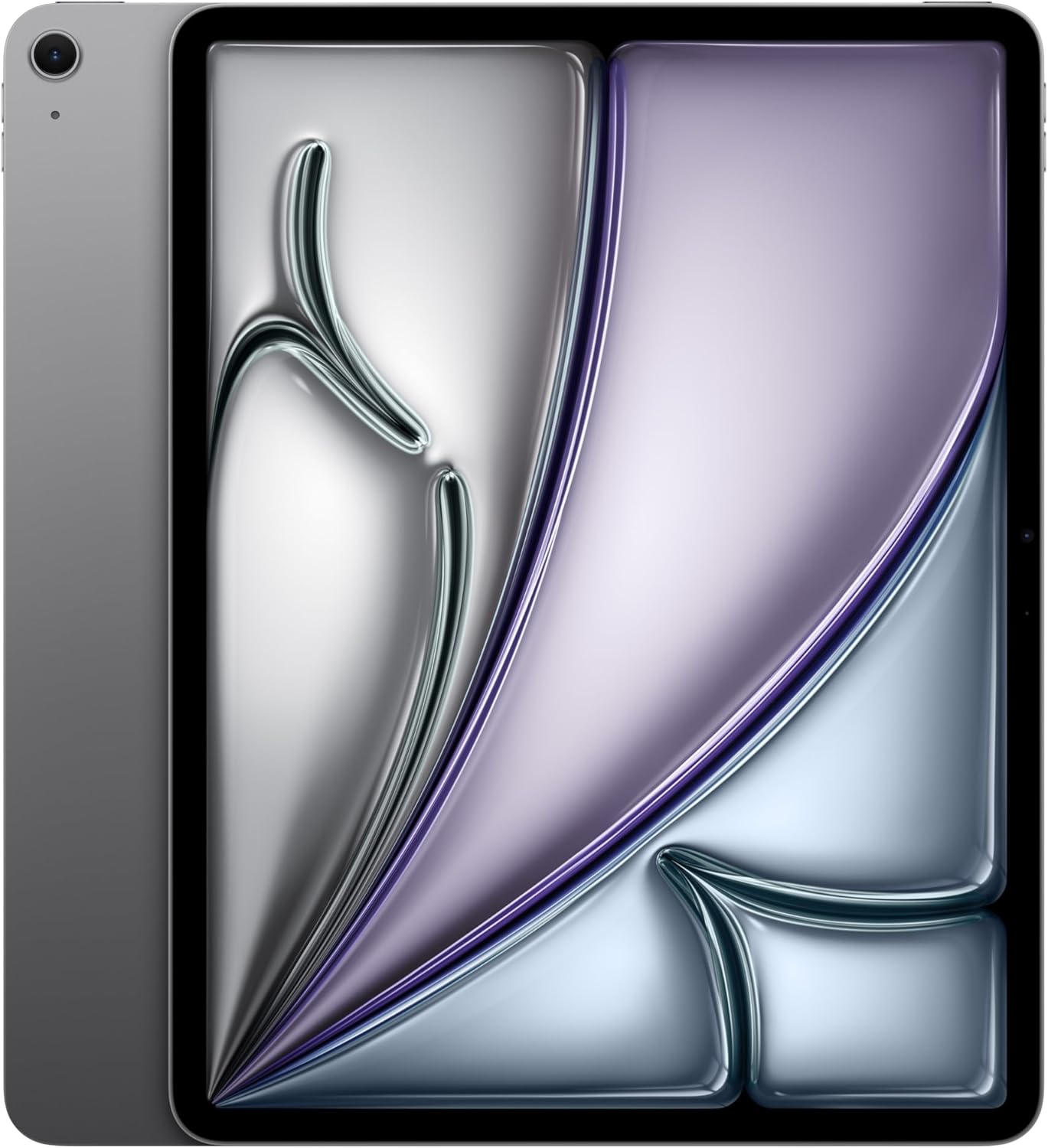You wouldn’t think choosing a tablet could feel like a commitment, but here we are—the Galaxy Tab S10+ and the 13-inch iPad Air are so polished, so full of potential, that the decision goes way beyond specs. This isn’t just about screens and processors—it’s about which one actually works for how you move, create, and consume.
Both scream premium. Both want to be your laptop alternative. And both come with just enough quirks to make you second-guess everything halfway through checkout. So let’s unpack the real-world differences—the ones that go beyond the launch event slides.
Thin, light, and built for real life
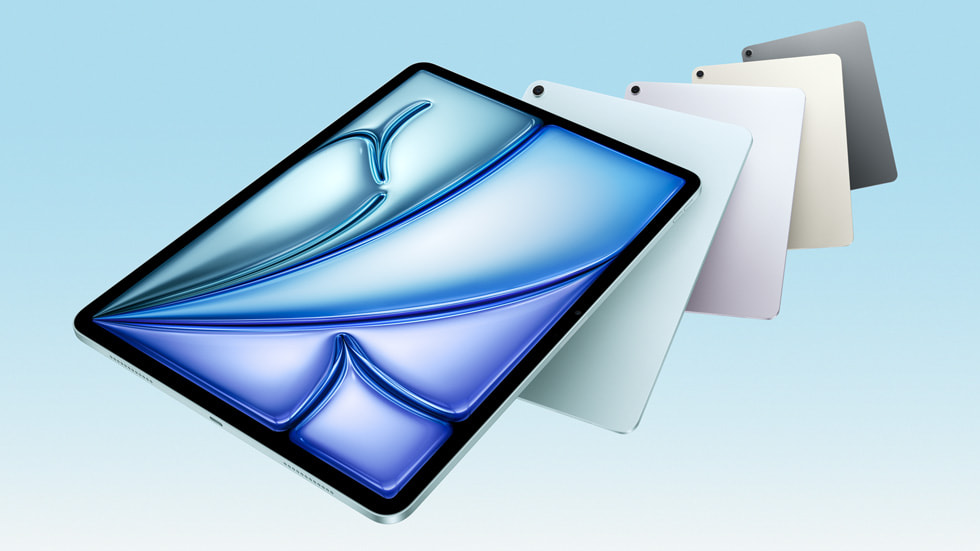
It’s impressive how much both tablets have trimmed down without compromising on functionality. The Galaxy Tab S10+ is a mere 5.6 mm thick and weighs just 571 grams, which makes it feel impossibly sleek for its size. Add IP68 water and dust resistance, and suddenly you’re not afraid to toss it into your bag with a wet towel or use it poolside.
The iPad Air is slightly heavier and thicker, though we’re talking millimeters and grams here. It doesn’t offer any kind of ingress protection, so you’ll need to be a bit more precious with it. Still, Apple gives you more color options, and if you’re the type who matches your accessories, that could matter more than you’d admit.
Samsung sticks to a 16:10 screen ratio, which makes it feel more cinematic—ideal for movies or multitasking split screens. Apple goes 4:3, which is better for reading, web browsing, or scrolling documents. Pick based on what you stare at most.
One big functional win for Samsung? Expandable storage. You can toss in a microSD card up to 1.5 TB. The iPad Air? No card slot. You’ll have to be okay with what you buy—and hope it’s enough.
AMOLED vs. LCD: pick your pleasure
Let’s just say it: Samsung’s AMOLED is gorgeous. The 12.4-inch panel hits 2800 x 1752 pixels and runs up to 120 Hz, giving you deep blacks, incredible contrast, and silky smooth scrolling. If you watch a lot of dark, moody shows or edit videos, the difference is not subtle.
The iPad Air’s 13-inch IPS LCD is brighter, with a peak of 600 nits compared to Samsung’s 550. It holds up beautifully in daylight, and colors feel more accurate out of the box, especially whites—which can appear slightly warm on the Tab S10+. But it’s stuck at 60 Hz, and once you’ve felt 120 Hz, it’s hard to go back.
So yeah, Samsung wins on refresh rate and contrast, Apple takes it with brightness and color fidelity. Depends on what your eyes prefer—and how sensitive they are to scrolling smoothness.
Sound that doesn’t sound like a tablet
Both tablets bring quad-speaker setups that deliver way better audio than you’d expect from such thin slabs. The Tab S10+ has slightly sharper treble, while the iPad Air tends to compress a bit in the midrange when pushed.
But honestly? Either one will blow you away if you’re watching YouTube, Zooming with clients, or cranking a podcast while you cook. You won’t miss your Bluetooth speaker nearly as often.
Performance: the M2 just doesn’t mess around
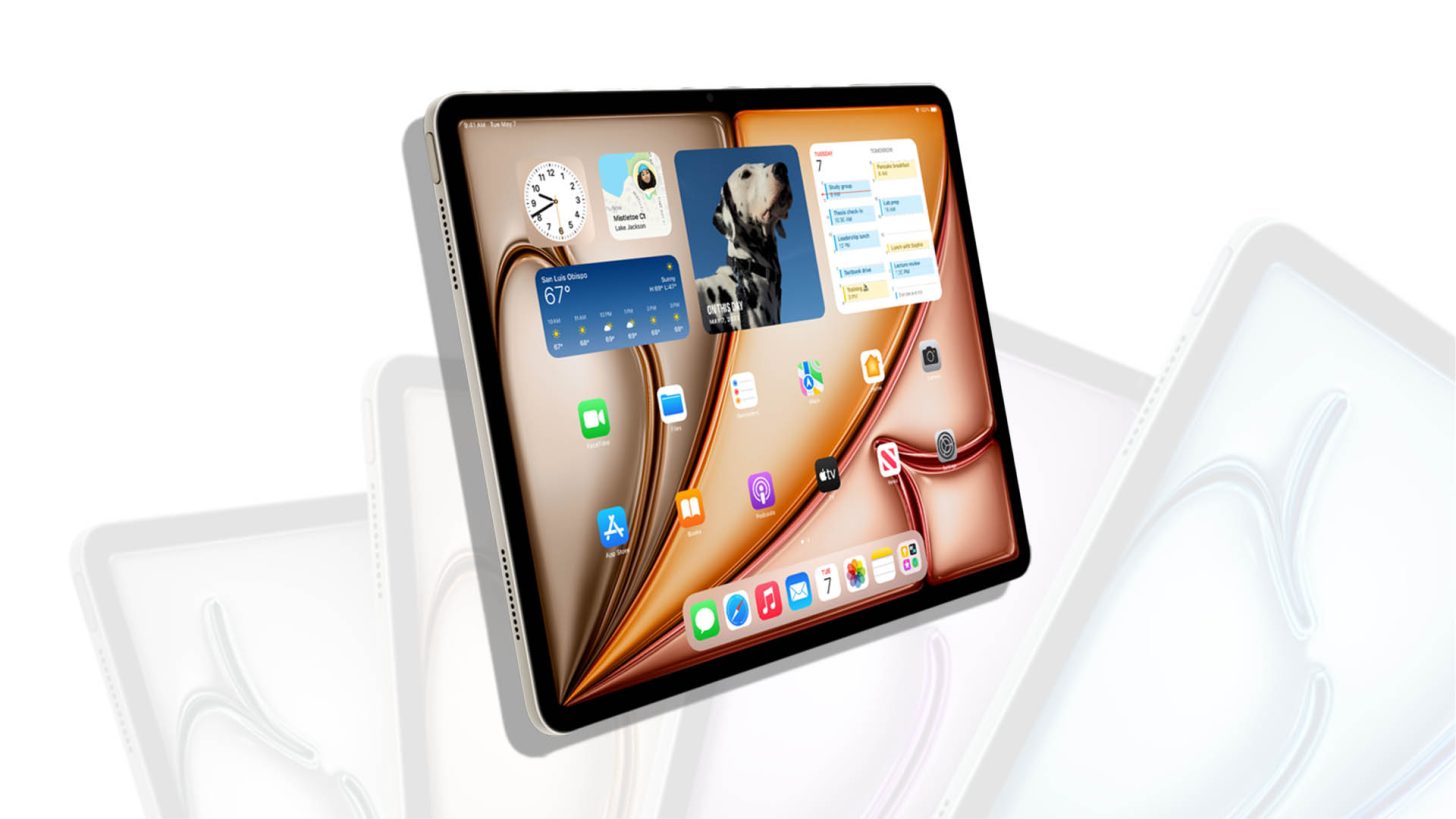
This is where Apple pulls away. The iPad Air’s M2 chip is serious muscle. Multitasking? Effortless. 3D modeling? Go for it. 4K video edits in LumaFusion or DaVinci Resolve? Easy. You’ll never hear it whine or see it stutter.
Samsung’s Tab S10+ is no slouch, packing the MediaTek Dimensity 9300+, and for gaming or everyday productivity, it’s solid. But put it next to the M2 and you’ll see it fall behind, especially when rendering large files or juggling multiple creative apps.
If you’re a creative pro, a designer, or someone who wants a tablet that can double as a workstation, the iPad Air doesn’t just win—it leaves no doubt.
Two operating systems, two very different worlds
Let’s talk software—because this is where things get philosophical.
iPadOS 18 is sleek, focused, and packed with pro apps. You’ve got Procreate, Affinity Suite, DaVinci Resolve, Final Cut Pro… and they’re not watered down. Everything feels fast and intuitive. And the tight integration with macOS and iOS makes moving between devices a dream.
Android 14 with One UI 6.1 on the Tab S10+ is more flexible, and in some ways more fun. DeX mode lets you run a desktop-like environment, complete with windowed apps and taskbars. Samsung Notes is shockingly powerful, and multitasking across apps feels natural. But if you’re hunting for pro-grade creative tools, you’ll find more gaps.
So: if you’re part of the Apple ecosystem and use your tablet for work, the iPad Air gives you a cleaner, more potent setup. If you want customization, flexibility, and a PC-lite vibe, Samsung gets closer.
Battery life: Samsung quietly dominates
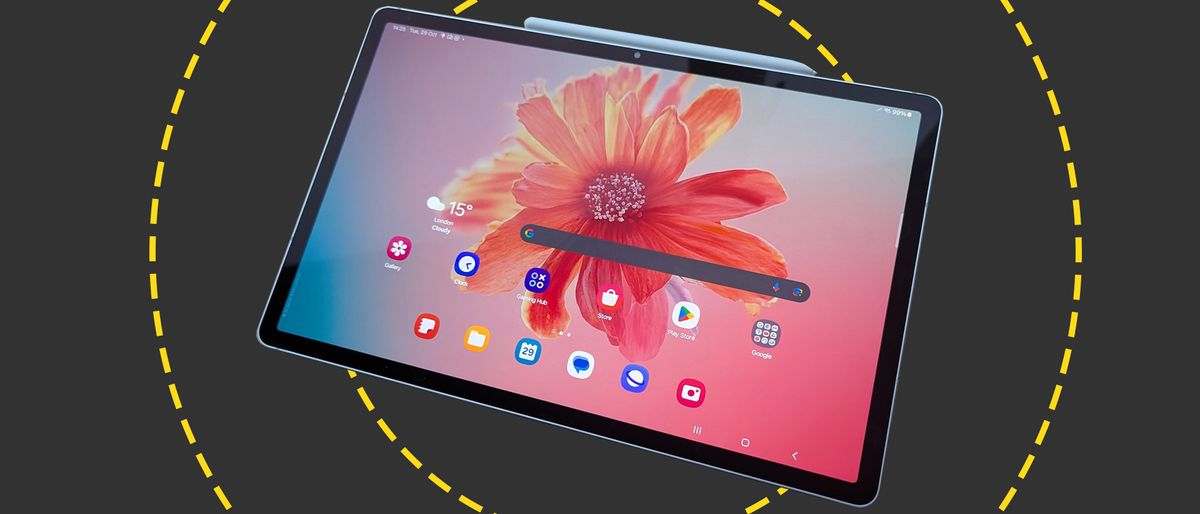
This is one of those areas where the Galaxy Tab S10+ surprises you. In video playback and real-world use, it lasts around 11 hours at high brightness, which is wild for such a bright and punchy display.
The iPad Air? About five hours when pushed, and even less with creative work or multitasking. That gorgeous display and M2 chip come at a cost.
If you’re constantly on the go and don’t want to carry a charger, Samsung wins this one without breaking a sweat.
Stylus and keyboard: who makes you pay extra?
Samsung includes the S Pen in the box. And it’s not just a throw-in—it’s IP68 rated, responsive, and great for drawing or taking notes. The keyboard case is sold separately, but DeX makes it feel like a mini laptop when you need it.
Apple makes you buy the Apple Pencil Pro separately, which—let’s be fair—is a better stylus. It offers haptic feedback, advanced pressure sensitivity, and more subtle control for creative tasks. The Magic Keyboard is superb… and expensive.
So: Samsung gives you the tools to start right away, while Apple offers more finesse—if you’re willing to pay for it.
Cameras: flexibility vs. polish
The Galaxy Tab S10+ has a dual rear setup—13MP main, 8MP ultra-wide. That gives you options if you’re snapping documents, landscapes, or want a wide-angle shot on the fly.
The iPad Air has a single 12MP camera, but it shoots 4K at 60 fps and produces excellent video. On the front, both have 12MP ultrawide selfie cams, but Apple’s Center Stage feature automatically tracks your face during video calls. It feels like a personal cam operator—and it’s great for meetings.
So if you want camera flexibility, go Samsung. If you want video conferencing polish, Apple’s the move.
Bonus features that shift the vibe
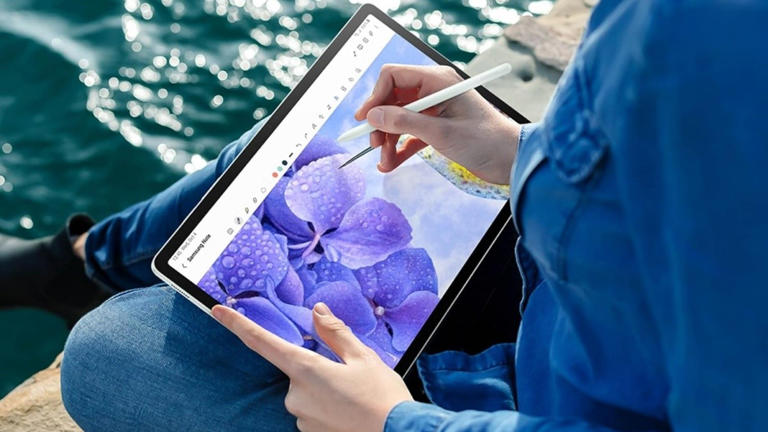
Samsung leans into smart tricks. AI features like note summarization, image edits, and handwriting enhancements are now baked into One UI. DeX gives you that laptop-lite mode when you plug in a keyboard or connect a monitor. And microSD support just makes life easier if you’re juggling files.
Apple’s strengths are more about refinement and creative software. Stage Manager finally brings proper windowed multitasking. App quality is on another level, and it’s only getting better with M2 optimization. AI features? They’re trickling in, but Apple’s not quite there yet on that front.
So who wins this?
Here’s the thing—the iPad Air (13-inch) is the better tool if you need raw power, a polished ecosystem, and serious creative horsepower. The M2 chip, the app selection, the keyboard and Pencil support—it all adds up to a machine that can replace a laptop if you need it to.
But the Galaxy Tab S10+ isn’t some runner-up. It’s a better deal if you value battery life, media consumption, stylus functionality out of the box, and expandable storage. DeX mode gives it a flexibility Apple still hasn’t matched, and the AMOLED screen is just a joy to look at.
So yeah, Apple wins on muscle and software, no contest. But Samsung might be the smarter buy for everyday use, especially if you’re already in the Android world and don’t need pro apps.
Or maybe you just want a tablet that feels effortless, looks great, and lasts forever on a charge.
We’re not going to lie—either one could be your perfect pick. But only one feels like it’s doing more, while asking for less. Maybe that matters more than it should.

